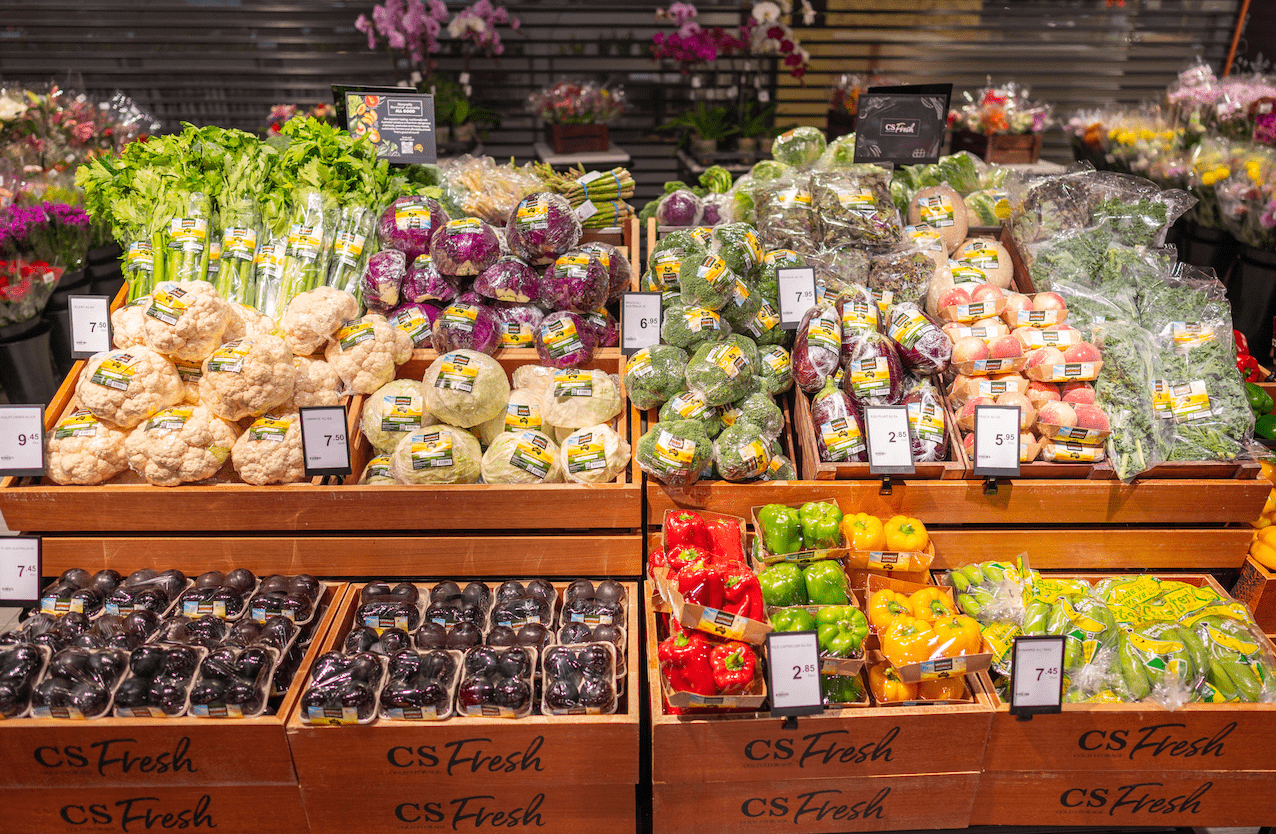Forget Atkins, these days everyone is talking about G.I. when it comes to dieting. Rating a food’s glycemic index is the new way in which people are trying to burn calories and maintain a healthier lifestyle. Culinary master Emmanuel Stroobant of Saint Pierre and new delicatessen, Archangel, prepared me two weeks’ worth of low G.I. foods to find out whether this latest health regime really works.
Day One
Breakfast: Two hard boiled eggs.
Lunch: Carrot soup; salad of beef pastrami with tomato, rocket and vinaigrette.
Afternoon: Roast beef sandwich with boiled egg, tomato, rocket and rye bread.
Dinner: Braised veal cheek, one wedge of cheese.
All the food looks delicious—l find it hard to believe that this is really what they call a diet! Terrines, a cheese platter and rye bread are all part of the menu. I started by hoeing into it with gusto, my brain telling me that as this was all I could eat all day, that I should eat as much as I could. But I quickly realized one of the most fundamental things about the G.I. diet—the food is hearty and filling. Lots of items end up as leftovers which I pick at throughout the next few days.
Day Two
Breakfast: Sugarless strawberry jam with rye toast.
Lunch: Rocket and tomato salad; sandwich with rye bread, ham, zucchini, tomato and hard boiled egg.
Dinner: Spaghetti bolognaise.
I’m still excited by the items such as cheese and a seafood terrine from yesterday but here’s the problem—I just can’t seem to find room to fit them in. In fact, I have no stomach space to snack at all.
Day Three
Breakfast: Two hardboiled eggs; one raw tomato.
Lunch: Goats cheese, rocket and pear salad; rye sandwich with pink salmon, tomato and rocket.
Snack: Parmesan with balsamic vinegar and olive oil.
Dinner: Rack of roast lamb with baked cauliflower, onions and cheese.
Apart from a (very) slight twinge of hunger in the afternoon, I am feeling fully satisfied. Although it was a bit of a struggle to resist the chocolates someone brought into the office, I feel physically satisfied throughout the day. In fact, if someone would make me roast lamb like that every day I would never need to leave this diet.
Day Six
Cheat day. Chef Stroobant thinks I’m entitled to have a day of indulgence and I agree. I plan to eat a couple of chocolates and enjoy a big bowl of pasta. Yum yum.
Day Seven
Brunch: Sausages; scrambled eggs; pancetta; short black coffee.
Dinner: Raw tomatoes and two wedges of cheese; chicken fricasse; two glasses of red wine.
Cheat day was a big mistake. It killed my resolve and made it so much harder to go back on to the diet as I lost momentum and motivation. Suddenly I am missing the three major things that I can’t eat—potatoes, chocolates and large quantities of pasta. A particularly bad mistake was agreeing to go out to dinner with friends and watch them eat—it made my beautiful dinner seem so much less appealing and just full of holes—holes in the shape of all the foods I couldn’t eat. The only good thing is that by being good every other day, I have lost one full kilogram in a week.
Day Ten
Breakfast: Two slices wholewheat toast with sugar-free blackberry jam.
Lunch: Sliced fish bee hoon noodle soup (not from Archangel).
Dinner: One slice wholewheat toast with sugar-free blackberry jam.
The best thing about this diet is that it makes living a healthier lifestyle much easier in general. Knowing that I have been putting the effort into eating healthily drove me out of bed and into an aerobics class at 6:15am. And it helped me shed almost another kilo since my last weight check.
Day Thirteen
Breakfast: One and a half sausages.
Lunch: Salad of tuna, broccoli, white beans, French beans and sweet corn (not from Archangel).
Dinner: Slow-cooked duck leg.
Last day on the diet and I can see the changes. My appetite is much smaller now; I physically can’t eat as much as my greedy brain wants to. I’ve started to really see that this diet is achievable on my own, and one that I could stick to without too many feelings of loss. And best of all, I’ve lost another half a kilo in the last couple of days.
Our Verdict
The G.I. diet seems a logical and healthy compromise between what we know about a healthy food intake (less fats and sugars) and the Atkins diet (no carbohydrates). Because it doesn’t limit dieters to or exclude any particular food group, I wasn’t losing out on any essential proteins or vitamins. But most importantly, it seems like a sustainable diet—the food was delicious and filling and even with its restrictions, the diet left me with a wide range of choices for each meal. For a healthier, more balanced diet that one can stick to long-term, this seems like a good option.
Is this a proper diet?





